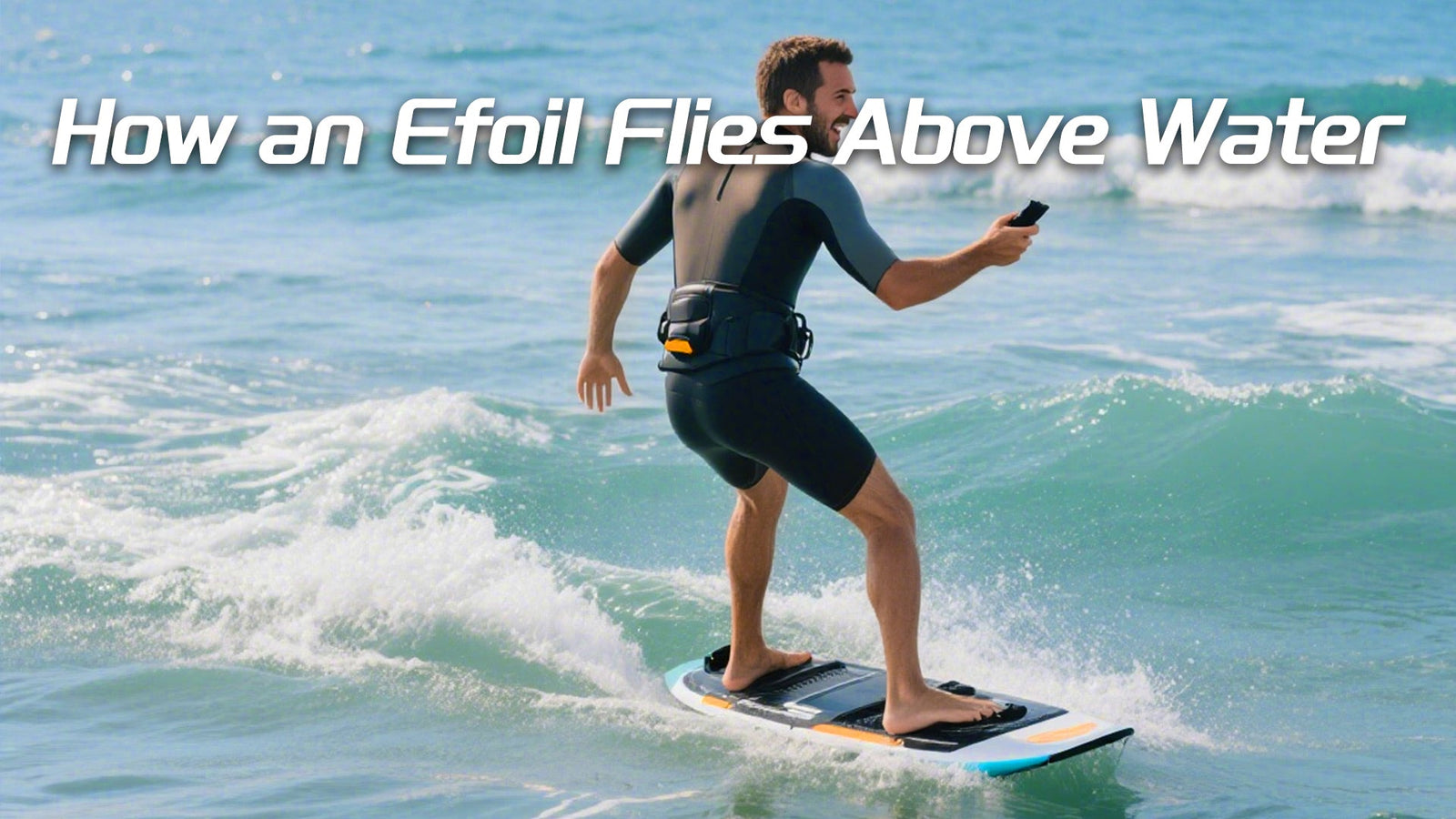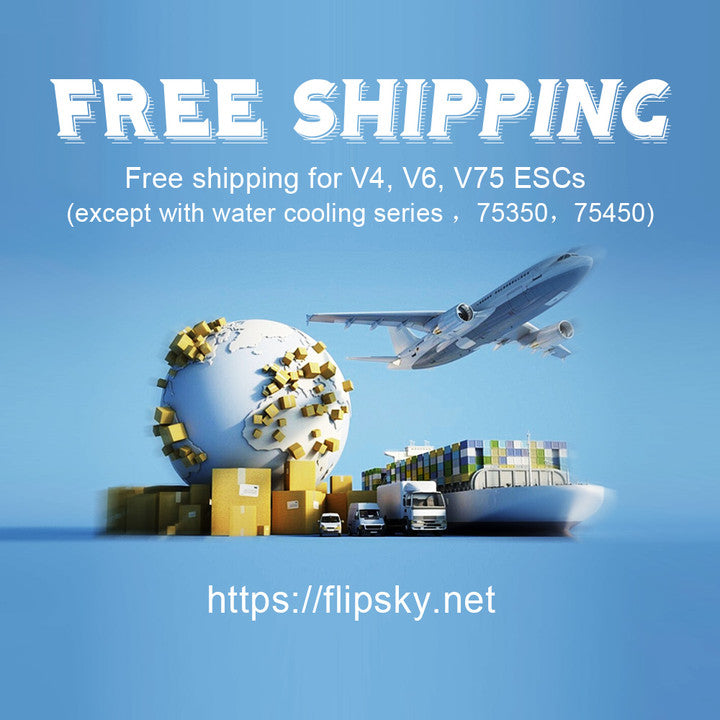How an Efoil Flies Above Water

Imagine this: standing on a surfboard, propelled not by crashing waves but gliding silently across the water. As speed builds, the entire board miraculously lifts clear of the surface—you begin to "fly" above the water. This isn't science fiction; it's the real experience delivered by an eFoil. How is this achieved? The secret lies within its four core technologies.
Core Components: Building the Watercraft
Above Water: The surfboard deck houses the battery pack and controller. The rider holds a wireless handheld remote.
Underwater Core: Beneath the connecting mast lies the hydrofoil (front wing + stabilizer) and the drive motor (typically integrated with the rear assembly or directly driving a propeller).
These four technological pillars—battery, motor, hydrofoil, and controller—work in concert to create the miracle of waterborne levitation.
Motor
Modern eFoils universally employ brushless DC motors, usually positioned behind the hydrofoil and fully submerged. Compared to older brushed motors, they offer higher efficiency (greater power savings), more power, longer lifespan, quieter and smoother operation, and exceptional waterproof sealing for reliable long-term underwater performance. For example, Flipsky's waterproof motors focus specifically on high-performance brushless DC motors, delivering high efficiency and powerful torque.

Battery
Typically fixed inside the surfboard deck is a high-voltage lithium battery pack (commonly in the 40V-60V range, with capacities reaching 2000Wh or higher). This battery acts as the eFoil’s "fuel tank." Its energy density directly determines your "flight" duration (usually offering 1-2 hours of range).
Hydrofoil
The hydrofoil is the soul of the eFoil, enabling it to "fly." Usually crafted from strong, lightweight carbon fiber or composites, its shape closely resembles an airplane wing and comprises several key parts:
• Front Wing (Mast and Front Wing): A vertical mast connects the bottom of the board to the large lifting surface—the front wing, which generates the primary lift.
• Stabilizer: A smaller wing surface located behind the mast and attached to the motor mount. Its main role is to provide pitch stability, preventing excessive nose-up or nose-down motion (porpoising).
The Secret of Hydrofoil Lift:
The principle by which a hydrofoil generates lift is identical to that of an airplane wing, centered on two key factors:
Bernoulli's Principle: As water flows over the hydrofoil's curved upper surface, it travels a longer path, speeding up and creating lower pressure. Water flowing along the flatter lower surface moves slower, resulting in higher pressure. This pressure differential (higher pressure below - lower pressure above) creates upward lift.
Angle of Attack: The hydrofoil is set at a slight upward tilt relative to the water flow direction. This further enhances the "impact" effect of the water on the lower surface, contributing additional lift.

Control System
The control system is central to the eFoil's intelligence and user-friendliness, typically comprising:
Handheld Wireless Remote: The rider's direct interface, usually a wrist-strap or handheld device with a thumb-operated throttle lever or button. This adjusts motor power output, controlling the board's speed. For instance, Flipsky's VX3 PRO remote features dual levers (throttle and brake) for convenient operation. Moreover, paired with its ESC, it enables cruise control for hands-free riding.
Controller: It receives wireless signals from the remote, precisely controls the current supplied to the motor (thus regulating thrust), and manages battery status while monitoring system parameters (like temperature). Higher-end boards may integrate an Inertial Measurement Unit (IMU)—similar to the gyroscope and accelerometer in smartphones—capable of sensing the board's pitch angle and even assisting with stability.

The Essence of the eFoil
The magic of the eFoil lies precisely in the perfect synergy of its four core technologies—motor, battery, hydrofoil, and controller:
-The battery supplies energy to the motor.
-The motor drives the propeller to generate thrust, providing crucial speed.
-Upon reaching sufficient speed, the hydrofoil utilizes water flow to create lift, raising the rider above the water.
-The controller receives rider input and coordinates the entire system, precisely controlling speed (and thus lift and flight height).
The eFoil doesn't just revolutionize water sports; it allows us to experience the wonder of gliding over water with unprecedented freedom. Technology brings humanity one step closer to the dream of "flight."
Thank you for watching, please follow our social media for more information:
YouTube:https://www.youtube.com/c/FlipskyTech/
Instagram:https://www.instagram.com/flipsky_tech/
Facebook: https://www.facebook.com/FlipskyTech









Leave a comment